
Electric Bike Components & Maintenance Guide
Power System: The Heart of Your Electric Bicycle
Includes: Battery, Motor, Controller
1. Motor: Driving Performance for Your Electric Bike
The electric bike motor is the powerhouse of your e-bike, converting electrical energy into mechanical energy that propels your bike forward. E-bike motors can be mounted in various locations, each offering unique advantages.
The power of an electric bike motor is typically measured in watts. Most motorized bikes for sale range from 250 to 750 watts. Higher wattage motors provide more power and speed but may require more energy from the battery.

Types of Electric Bike Motors
Hub Motors
These motors are integrated into the wheel hub, either at the front or rear. Hub motors are popular for their simplicity and ease of installation. They provide a smooth and quiet ride, making them ideal for city commuting.
Mid-drive Motors
Positioned at the bike's crankset, mid-drive motors offer better weight distribution and efficiency. They excel in handling steep climbs and off-road terrains, making them a favorite among mountain bikers and long-distance commuters.
Friction Drive Motors
Less common today, these motors engage the wheel through friction. While they're lightweight and easily removable, they can be less efficient and noisier than hub or mid-drive motors.
E Bike Maintenance Checklist:
-
Keep It Clean: Make sure to regularly wipe down the motor to remove any dirt, grime, or water that could affect its performance. A clean motor runs cooler and lasts longer!
-
Watch for Noises: If your motor starts making unusual noises, that could be a sign something's off. Don't ignore it—check it out or have a pro take a look.
-
Inspect Connections: Every so often, take a peek at the electrical connections. Make sure everything is tight and free from rust or corrosion. A secure connection means better performance!
2. Battery: The Energy Source for Your E-Bike

Battery Capacity and Range
Battery capacity is measured in watt-hours (Wh) and determines how far you can travel on a single charge. A higher capacity battery will offer a longer range, allowing you to explore further without worrying about running out of power.
Charging and Maintenance Checklist:
To maximize ebike battery life, it's essential to follow proper charging and e bike maintenance practices:
-
Avoid overcharging: Unplug your charger once the battery is fully charged to prevent damage.
-
Store properly: Keep the battery in a cool, dry place when not in use.
-
Regularly check connections: Ensure all connections are secure and free of corrosion.
3. Controller: The Brain of Your EBike
The electric bike controller is the central processing unit that manages the flow of electricity between the battery, motor, and other electric bicycle components. It interprets signals from the throttle and pedal-assist sensors to adjust the motor's power output.
Types of Controllers
Throttle-only Controllers
Throttle-only controllers let you control the power output directly, kind of like a motorcycle. This means you can speed up without pedaling, which is super handy in busy city traffic where you're constantly stopping and starting. It's perfect for those who want quick and easy control over their speed.
Pedal-assist Controllers
They sense how hard you're pedaling and add extra power, making it feel really natural, especially on longer rides or hilly terrain. Plus, a lot of them let you adjust the level of assistance, so you can ramp it up or dial it down depending on how you're feeling.
Combined Controllers
They mix the best of both worlds by offering both throttle and pedal-assist options. This means you can switch it up depending on your mood—use the throttle for a quick takeoff and switch to pedal-assist for a chill cruise. You have the freedom to adapt your ride to whatever situation you're in, which is pretty cool!
Controller Maintenance Checklist:
To ensure your controller functions optimally, consider these e bike maintenance tips:
-
Keep it clean: Regularly inspect and clean the controller to prevent dust and moisture buildup.
-
Check connections: Ensure all electrical connections are secure and undamaged.
-
Monitor performance: Pay attention to any irregularities in power delivery or responsiveness, as these may indicate a problem with the controller.
Structural Electric Bicycle Components: Strength and Stability
Includes: Frame, Wheels, Suspension
1. Frame: The Backbone of Your Electric Bike
The frame is the backbone of any bicycle, and for e-bikes, it plays a pivotal role in housing the battery and motor while supporting the rider's weight.
The design and material of the frame significantly influence the overall performance, handling, and comfort of the bike. Additionally, the frame's geometry can affect the rider's posture, influencing comfort and fatigue levels on longer rides.
Types of E-Bike Frames
Person riding bike frames come in various materials, each affecting the bike's weight, durability, and cost. Choosing the right frame material depends on your riding style, budget, and personal preference.
Aluminum Frames
Known for being lightweight and corrosion-resistant, aluminum is a popular choice for e-bike frames. It's affordable and provides a good balance between weight and strength. Aluminum frames are also known for their ability to dampen vibrations, which contributes to a more comfortable ride on various surfaces.
Carbon Fiber Frames
These are lighter than aluminum and provide excellent strength. While more expensive, carbon fiber frames are ideal for those seeking performance and weight savings. The advanced engineering of carbon fiber allows for unique frame designs that enhance aerodynamics and aesthetics, making them a favorite among performance enthusiasts.
Steel Frames
Offering durability and a smooth ride, steel frames are heavier but can absorb road vibrations well. They're a great option for touring e-bikes. Steel is renowned for its strength and longevity, often providing a classic aesthetic appeal. Additionally, it can be easily repaired if damaged, extending the lifespan of the bike.
| Frame Material | Advantages | Disadvantages | Suitable Applications |
| Aluminum | Lightweight, cost-effective | Lower strength | Urban commuting, leisure riding |
| Carbon Fiber | Ultra-light, good shock absorption | High cost, prone to damage | High-performance riding, racing |
| Steel | High strength, durable, easy to repair | Heavier, prone to rust | Vintage style, long-distance touring |
| Stainless Steel | Corrosion-resistant | Higher cost | Custom builds, premium models |
Frame Design and Performance
Step-Thru Frame
Step-thru frames feature a low top tube design, allowing for easy mounting and dismounting, which is especially beneficial for riders with limited mobility. This accessibility promotes comfort during city commutes, making it easier to navigate busy urban environments.
Mid-Step Frame
Mid-frame designs offer a balanced geometry that combines comfort with stability. This type of frame is versatile, catering to various riding styles, from casual commuting to more performance-oriented riding. It's ideal for riders seeking a mix of agility and comfort.
Step-Over Frame
Over-frames come with a higher top tube, providing increased stiffness and durability. This design enhances power transfer, making it suitable for speed-focused riding. Riders who prioritize aerodynamics and handling in diverse terrains often prefer this type of frame for its performance capabilities.
Here's a more concise table analyzing electric bike frame designs and performance:
| Frame Type | Design Features | Target Audience | Performance Advantages | Suitable Scenarios |
| Step-Thru | Low top tube, dismount | Riders with limited mobility | Comfort and convenience | Urban commuting |
| Mid-Step | Balanced design | Versatile riders | Agility and comfort mix | Casual and performance riding |
| Step-Over | High top tube | Speed-focused riders | Enhanced power transfer | High-speed and varied terrains |
Frame Maintenance Tips
-
Regular Cleaning: Dirt, grime, and debris can accumulate on your frame and lead to corrosion over time. Use a mild detergent and a soft cloth to clean the frame regularly, especially after rides in wet or muddy conditions. This will help maintain the finish and prevent long-term damage.
-
Proper Storage: Store your e-bike in a dry, sheltered area to prevent rust and deterioration. Avoid leaving it outside for extended periods, as exposure to harsh weather can weaken frame materials and lead to degradation.
-
Lubrication of e bike essentials: If your frame includes movable electric bicycle parts (like a folding mechanism), ensure that they are lubricated regularly to prevent rust and ensure smooth operation. Use the manufacturer's recommended lubricant to avoid damage.
2. Wheels: The Foundation of Your Ride
Wheels are crucial for stability and control. They serve as the primary contact point between the bike and the road, impacting everything from speed and handling to comfort and safety.
The size and material of the motorized bicycle fat tires can influence the bike's performance in different environments.

Wheel Size
E-bikes commonly feature 26-inch, 27.5-inch, or 29-inch wheels. Smaller wheels offer better acceleration and maneuverability, making them ideal for urban environments where quick starts and stops are frequent.
Sure! Here's a more concise version of the table:
| Wheel Type | Size Options | Features | User Pain Points | Solutions | Suitable For |
| Standard Wheels | 26", 27.5", 29" | Common sizes | Limited to rough terrain | Wider tires for grip | Casual riders, city use |
| Fat Tires | 4" to 5" width | Wider, larger diameter | Difficulty in tight spaces | Improved stability | Off-road and snow riding |
| Puncture-Resistant | Standard | Reinforced design | Frequent flats | Puncture-resistant tech | Commuters, long-distance riders |
| Tubeless Wheels | Standard | No inner tube | Air loss, flat tires | Lower pressure for traction | Mountain biking, rough trails |
Material
Rims are typically made from aluminum or carbon fiber. Aluminum rims are more common and offer a good balance of weight and durability. They are cost-effective and provide reliable performance for everyday use.
Carbon fiber rims are lighter but more expensive, offering enhanced performance benefits for competitive riders or those looking to minimize weight.
Tire Selection
Tires affect grip, comfort, and rolling resistance, and selecting the right tire can drastically change your riding experience. For urban commuting, smooth tires with minimal tread are ideal. They reduce rolling resistance, leading to faster speeds and improved energy efficiency.
For off-road or mixed terrain, consider knobby tires for better traction. These tires provide superior grip on loose or uneven surfaces, enhancing safety and control.
Wheel Maintenance Tips
Maintaining your e-bike's wheels is essential for ensuring safety and longevity.
-
Cleaning: Keep wheels clean to prevent corrosion and ensure smooth braking. Dirt and grime can cause wear on the rims and affect braking performance, so regular cleaning is essential to maintain wheel health.
-
Tire Pressure: Maintain proper tire pressure for optimal performance and to prevent flats. Properly inflated tires improve efficiency and comfort while reducing the likelihood of pinch flats.
-
Tire Tread Assessment: Pay attention to the tread on your tires. Worn-out tires can lead to poor grip and increased risk of slippage, particularly in wet conditions. Rotate or replace tires as necessary to maintain optimal performance and safety.
3. Suspension: Smoothening the Ride
Suspension systems absorb shocks from rough terrain, providing a smoother ride and reducing rider fatigue. A well-functioning suspension system can significantly enhance comfort and control, allowing riders to tackle a variety of surfaces with ease and confidence.
Suspension systems can often be adjusted to match riding conditions and rider preferences. For example, increasing compression can provide a firmer ride, beneficial for smooth surfaces, while adjusting rebound can help maintain control on bumpy trails.

Types of Suspension
Understanding the different types of electric bike suspension can help you choose the right setup for your riding needs.
Front Suspension (Forks)
This type features a suspension fork that absorbs impacts from the front wheel. It enhances comfort and control when riding over bumps and uneven surfaces, making it ideal for urban commuting and light off-road use.
Rear Suspension
Equipped with a rear shock, this suspension type absorbs impacts from the rear wheel. It provides additional comfort and helps maintain traction on rough terrain, significantly reducing rider fatigue on longer rides.
Full Suspension
Combining both front and rear suspension systems, dual suspension e bike offers maximum comfort and control across various terrains. It effectively absorbs shocks from both ends of the bike, making it perfect for off-road riding and ensuring a smoother, more enjoyable experience.
Suspension Maintenance Tips
-
Lubrication: Proper lubrication of the suspension components is essential for smooth operation. Use the manufacturer-recommended lubricant and apply it regularly to the fork seals and shock joints to minimize friction and wear.
-
Adjust Settings According to Riding Style: Take the time to adjust preload, compression, and rebound settings to match your weight and riding style. Incorrect settings can lead to poor performance, such as excessive bouncing or bottoming out on tough terrain, which diminishes control and comfort.
-
Monitor Shock Pressure: For bikes with air suspension, regularly check the air pressure to ensure it's at the recommended level. Incorrect pressure can affect the feel and responsiveness of the ride, leading to a bumpy experience.
Safety & Control System: Mastering Your Electric Bike Experience
Includes: Brakes, Gears, Handlebars, Display
An e-bike's safety system comprises several interconnected parts that work together to provide a smooth and secure riding experience. Each e bike essentials plays a vital role in ensuring that the bike operates effectively, offering the rider control, comfort, and confidence.
1. Brakes: The Foundation of Safety
Brakes are arguably the most critical safety feature on any bike. They provide the essential ability to stop or slow down, which is crucial in preventing accidents and maintaining control in various riding conditions.

Types of Brakes
Electric bikes typically feature two main types of brakes: disc brakes and rim brakes, each offering distinct advantages.
Disc Brakes
Disc brakes are renowned for their impressive stopping power and reliability in wet conditions. They consist of a rotor attached to the wheel hub, with brake pads that clamp onto the rotor to slow down or stop the bike. Within this category, there are two types: hydraulic brakes vs mechanical
-
Hydraulic Disc Brakes: These operate using a fluid-filled system, providing more powerful and consistent braking. They excel in modulation, allowing riders to control braking force more precisely.
-
Mechanical Disc Brakes: These utilize a cable system to activate the brakes. They tend to be more budget-friendly and easier to maintain, making them a popular choice for many riders.
The benefits of disc brakes include superior stopping power, particularly with hydraulic models, which perform consistently well even in wet conditions. Moreover, disc brakes are more dependable in all types of weather, whereas rim brakes can struggle in rain or mud.
Plus, hydraulic disc brakes typically require less maintenance compared to mechanical ones.
However, it's worth noting that hydraulic disc brakes can be more expensive and may have a more complex maintenance process compared to their mechanical counterparts.
Rim Brakes
On the flip side, rim brakes are lighter and simpler to maintain. They are a practical option for those who prioritize ease of upkeep. While they are generally reliable, it's important to keep in mind that they may not perform as effectively in wet conditions compared to disc brakes.
Understanding these differences can help you choose the right brakes for your e-bike, ensuring you get the performance and safety features that best suit your riding style and environment.
Maintaining Your Brakes
Regular maintenance of your e-bike's brakes is essential to ensure your safety. Here are some tips:
-
Check Brake Pads: Inspect your brake pads for wear. If they appear thin or are squealing, it's time to replace them. Worn pads can significantly decrease braking efficiency, leading to longer stopping distances and potential accidents.
-
Adjust Brake Cables: Over time, brake cables can stretch. Adjust them to ensure the brakes engage properly. A well-adjusted brake system ensures that you can stop quickly and confidently when needed.
-
Clean Brake Rotors: Keep disc brake rotors clean to prevent squealing and ensure optimal performance. Dirt and grime can accumulate on rotors, reducing their effectiveness and causing annoying noises.
2. Electric Gears & Drivetrain: Ensuring a Smooth Ride
Gears are integral to an e-bike's performance. They enable you to adjust the balance between your pedaling effort and the ebike speed limit, making it easier to conquer hills or maintain a steady speed on flat surfaces.
Types of Gears
Derailleur Gears
The most common type of gearing system is derailleur gears. These feature external gears located on the rear wheel and offer a wide range of gearing options, allowing for versatile riding conditions.

Hub Gears
Hub gears, on the other hand, are internal gears situated within the rear hub. They are well-known for their durability and low maintenance requirements, making them a hassle-free option for riders who prefer simplicity.
Electronic Shifting
For those looking for a more high-tech experience, some premium e-bikes come equipped with electronic shifting systems. These systems use small motors to adjust the derailleurs or engage the hub gears, providing a precise and effortless shifting experience that enhances overall riding comfort.
How to Use Gears
Understanding how to effectively use your gears can greatly improve your riding experience.
Lower Gears: These make pedaling easier and are perfect for tackling steep hills or starting from a complete stop.
Higher Gears: Although they require more effort to pedal, higher gears allow for greater speeds on flat or downhill sections.
Maintaining Your Gears
To keep your gears in peak condition, follow these maintenance tips:
-
Regularly Lubricate: Keep the chain and derailleurs well-lubricated to reduce friction and wear. A well-lubricated chain not only improves gear shifting but also extends the life of your drivetrain components.
-
Inspect for Damage: Regularly check for any signs of damage or wear on the chain and gear teeth. Damaged components can lead to poor performance and unexpected failures during rides.
-
Adjust Gear Shifting: Ensure that gear shifting is smooth and precise. Misaligned gears can cause skipping and inefficient riding. Regularly fine-tuning your gear system can prevent these issues and enhance your riding experience.
3. Ebike Smart Handlebars & Display: Control at Your Fingertips
The handlebars and display on your electric bike are essential for ensuring a comfortable and safe riding experience. Together, they provide vital control and information, making each ride more enjoyable.

Handlebars: Control and Comfort
The handlebars are your main connection to the e-bike, allowing you to steer and control your ride. They play a crucial role in providing stability and comfort while navigating different terrains. Comfortable grips enhance your riding experience, making it easier to handle longer rides.
Maintaining Your Handlebars
-
Check for Tightness: Ensure that the handlebars are securely fastened and do not wobble. Loose handlebars can lead to unstable steering and make it difficult to control the bike.
-
Inspect Grips and Tapes: Replace worn-out grips or handlebar tape to maintain comfort and control. Comfortable grips reduce hand fatigue, allowing for longer, more enjoyable rides.
-
Align Properly: Make sure the handlebars are aligned with the front wheel to ensure accurate steering. Misaligned handlebars can cause the bike to veer unexpectedly, posing a safety risk.
Display: Information at Your Fingertips
The display acts as the e-bike's control center, giving you essential information such as your speed, battery level, and power mode. This real-time data allows you to monitor your ride and make necessary adjustments on the go, enhancing both your performance and safety.
Maintaining Your Display
Keep your ebike display functioning optimally with these tips:
-
Protect from Moisture: Ensure the display is waterproof or protected from moisture to prevent damage. Water can cause malfunctions, leading to loss of vital information mid-ride.
-
Clean Regularly: Use a soft cloth to clean the display screen and remove any dust or grime. A clear display ensures that you can easily read important data while riding.
-
Check Connections: Inspect the connections to ensure they are secure and free from corrosion. Corroded or loose connections can lead to intermittent display issues, affecting your ability to monitor your ride.
4. Additional Electric Bike Accessories for Safety
Several electric bike accessories can enhance your safety. Investing in these accessories can further safeguard your rides and provide peace of mind:
Lights
Front and rear lights are crucial for visibility, especially when riding at night or in low-light conditions. Bright, reliable lights ensure that you can see and be seen by others, reducing the risk of accidents.
Fenders
Installing fenders can keep you dry and clean by preventing water and mud from splashing up on you while riding in wet conditions.



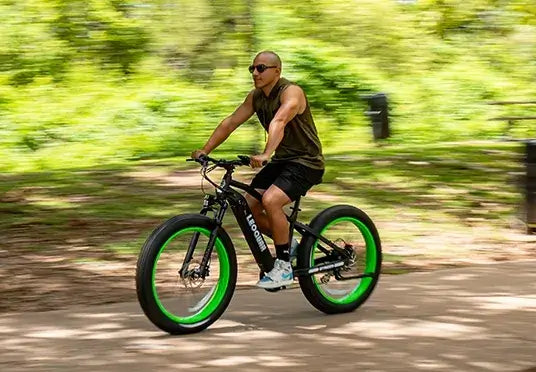


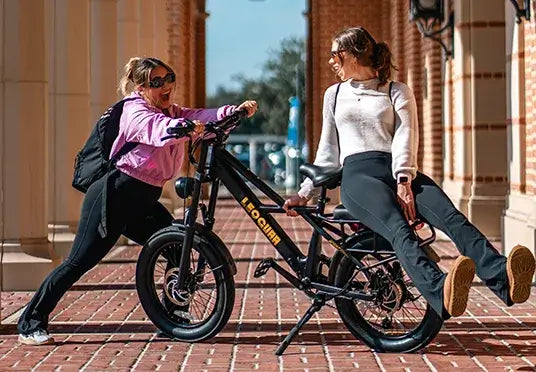
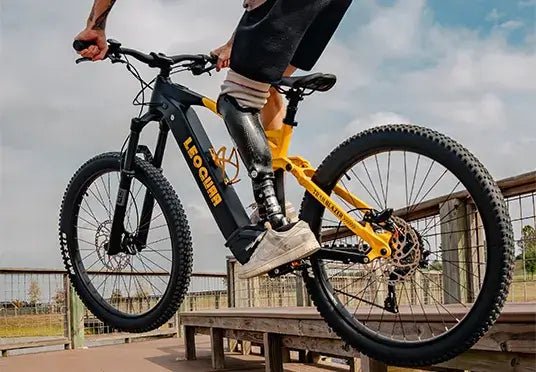

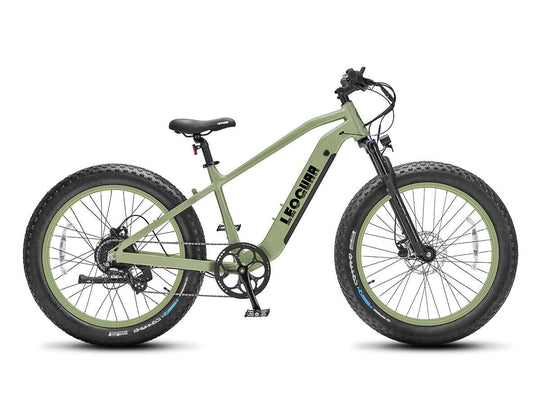
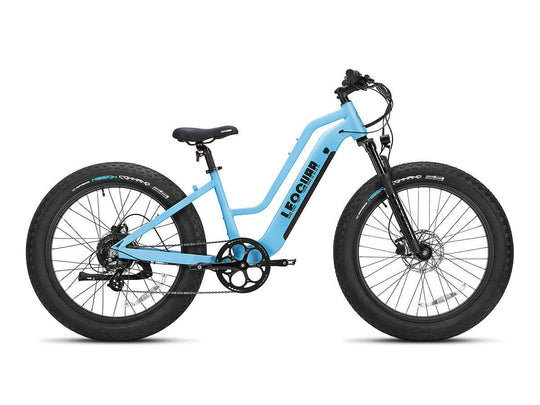
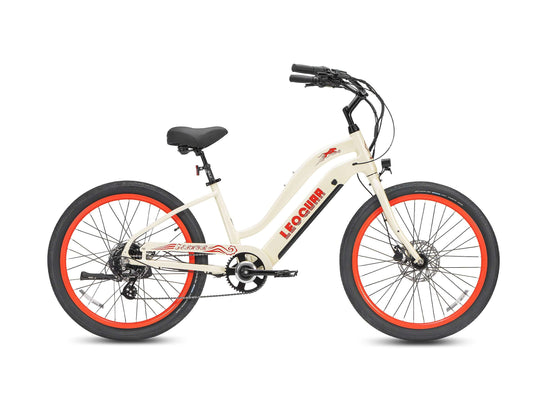
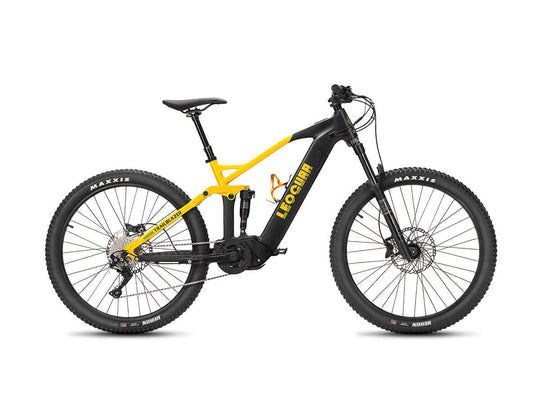

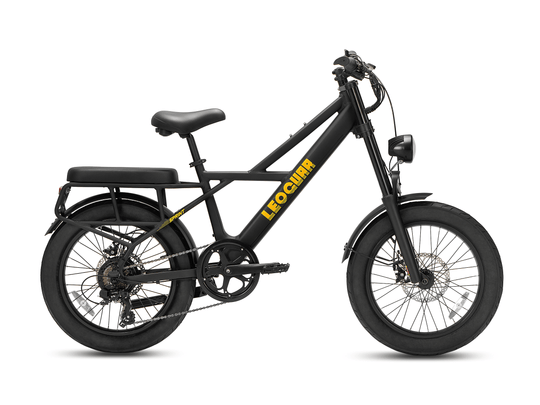
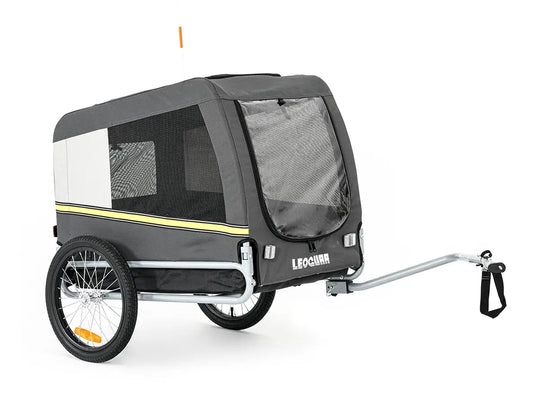
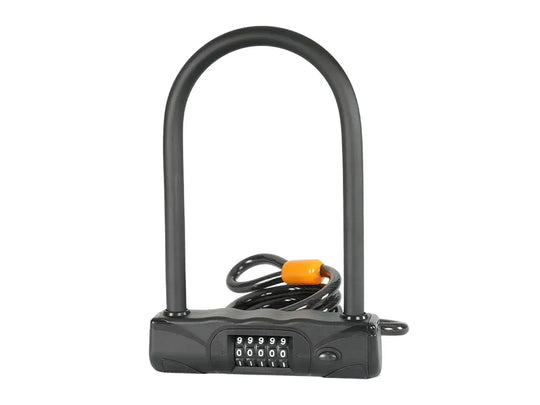

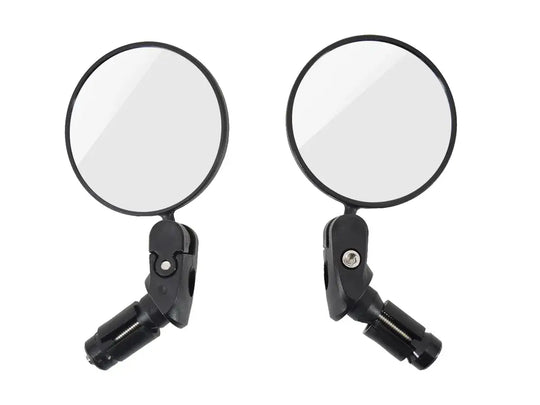
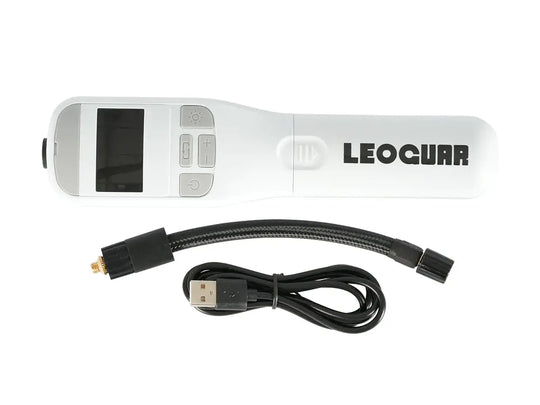
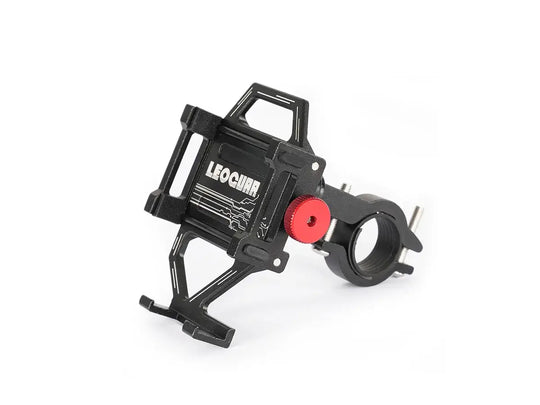
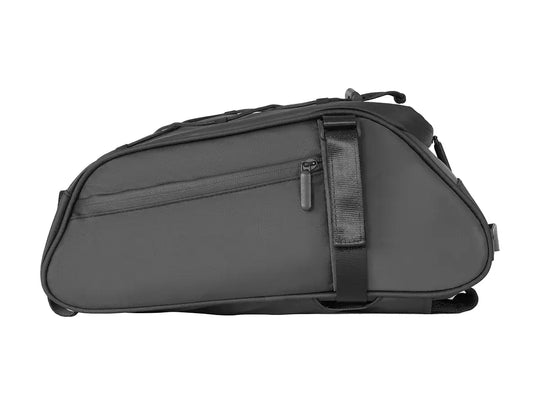
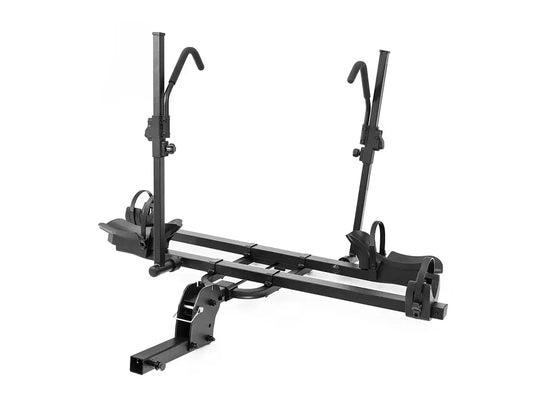
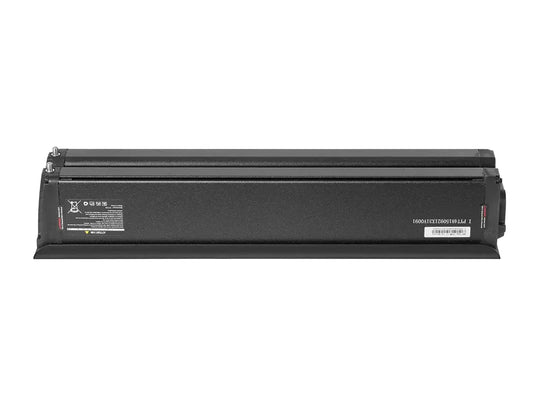

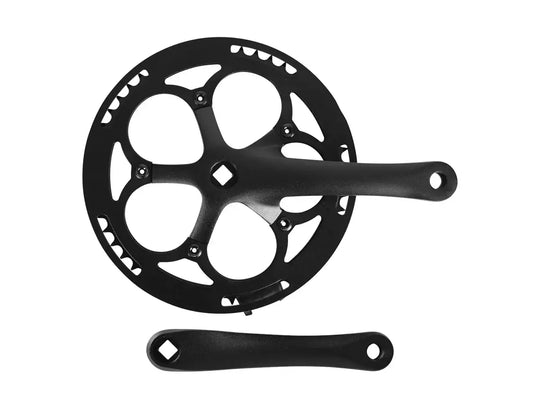
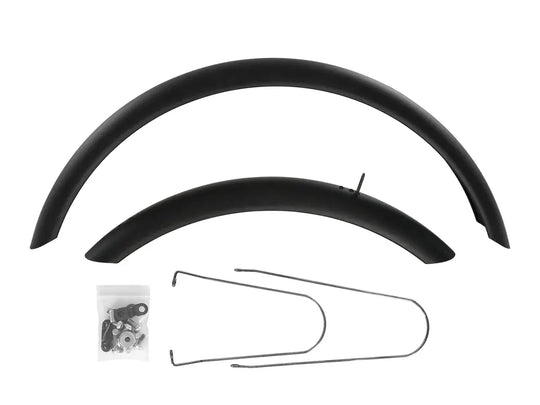
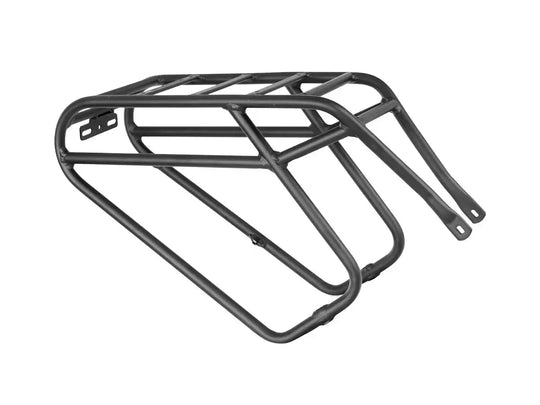
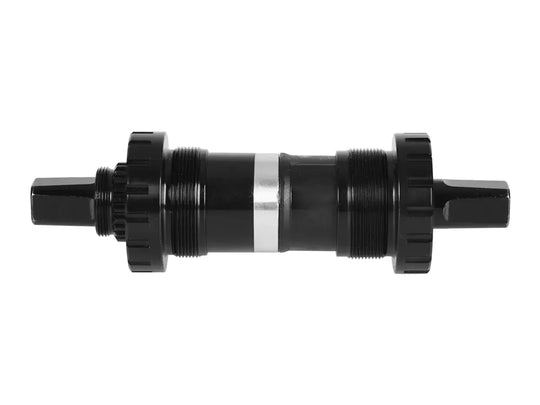
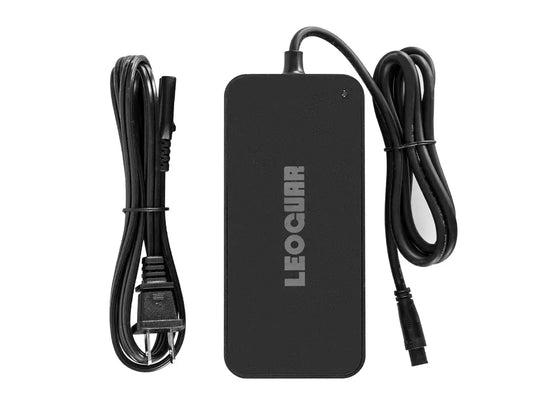
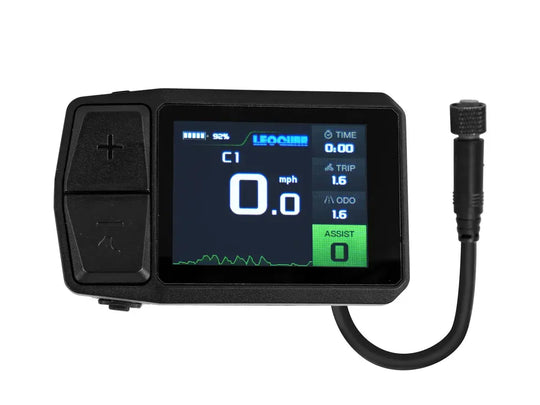








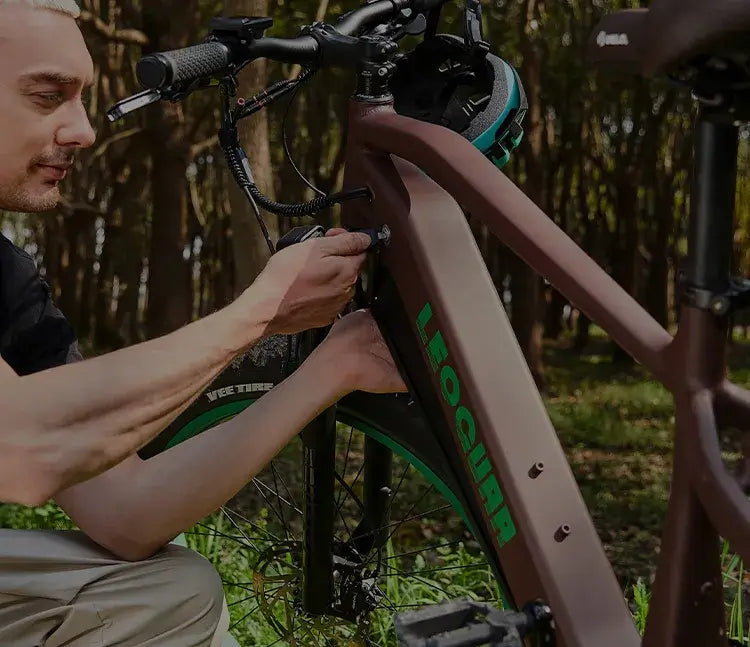
Leave a comment